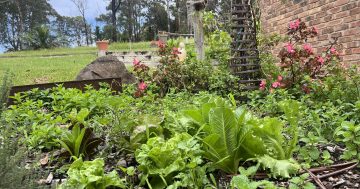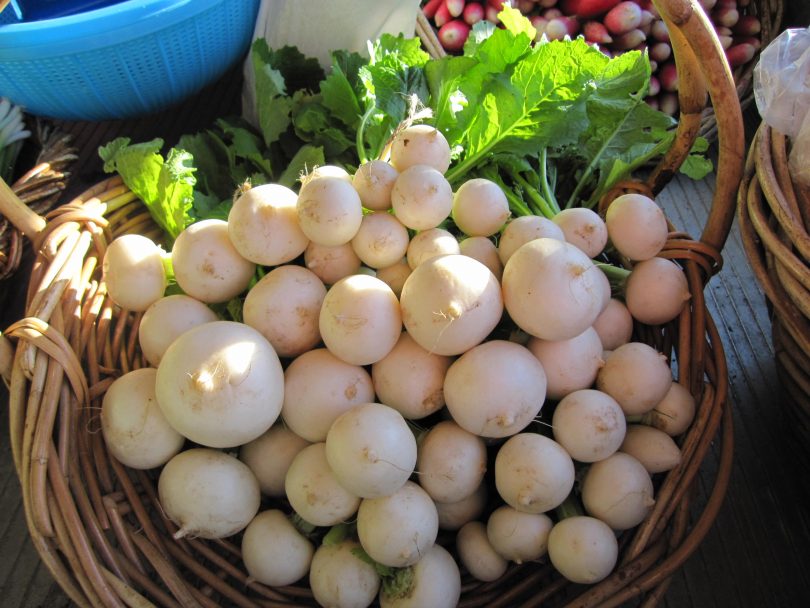
Freshly-harvested turnips are a delicious autumn addition to the table. Photo: Supplied.
It’s a very wet start to early autumn for many in our cold climate region and the inescapable conclusion is that we have had too much rain all together this summer.
So, here’s what we are hoping for. The sun is going to break through the clouds, shine long and hot and those pumpkins are finally going to ripen. In the meantime, while waiting for the sun to appear, we can look at the vegetable garden and what therein needs to be done to keep the garden going and providing food well into winter.
In the onion family, it is getting a bit late to plant standard red, white and brown onions, however it is perfect for leeks and you could try pearl or pickling onions if you are up for an experiment.
Of course turban group garlic can be planted in April so you need to source your garlic seed this month. It hasn’t been a terrific season for garlic growers so there may well be a shortage of seed garlic in our region.
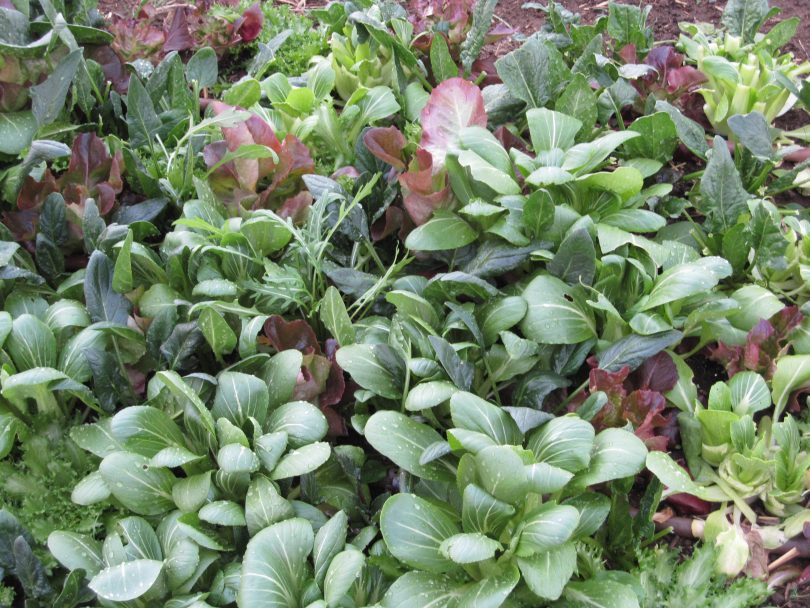
Leafy salad greens can be planted into autumn. Photo: Supplied.
Keep planting those quick growing leafy greens and beetroot. Both have done well with the extra water around. Silverbeet leaves have grown higher than my knees and the beets have bulbed large and sweet.
It is a great time to start planting English spinach and you might just get a flush of coriander before winter if you plant seedlings in the next week or so. Both will do well in a mild Autumn.
The Asian greens are growing well. The choy family greens are loving it and the snails are loving the choy family. Is it time we start eating the snails? I’m beginning to think that they are a food source we can’t afford to keep ignoring now that the price of rump steak is hitting heights and the snails are plentiful because of the wet start to the month.
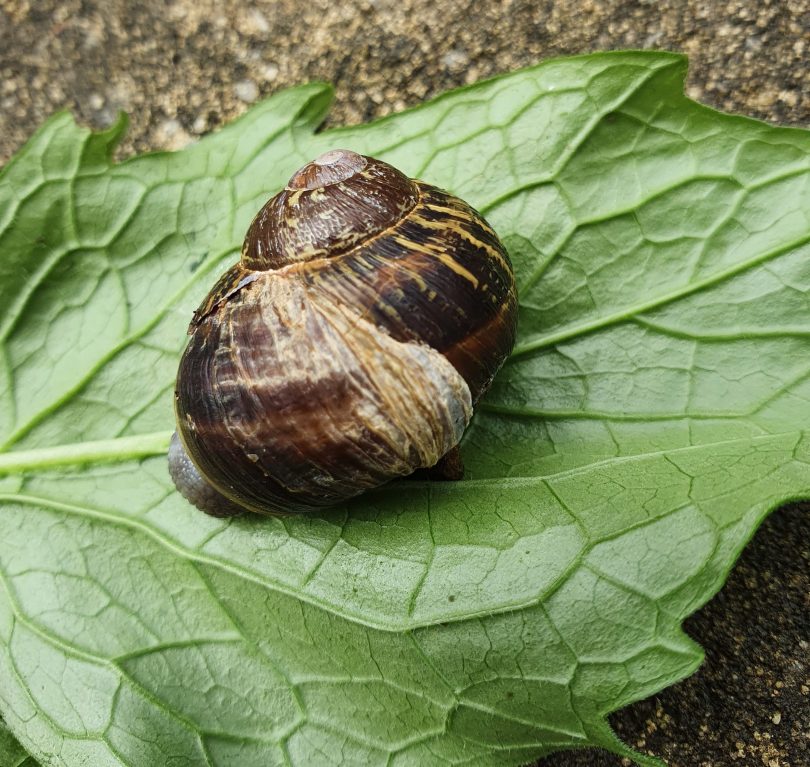
Continuing wet conditions this summer have been perfect for snails. Photo: Supplied.
Alternatively just eating more vegetables, especially those grown at home, seems an even better idea. Shop bought fruit and veg prices are set for a hefty price rise, so it’s definitely prudent to grow more of your own.
We are lucky to have the wonderful large yielding brassica family to call on in cold climates. Cauliflower, broccoli and broccolini, cabbage and kale seedlings can be planted now and ongoing right through winter.
Broccolini and kale will yield first with heading broccoli, cauli and cabbage taking longer – 12 to 20 weeks. That’s why it’s an excellent tactic to keep planting the leafy greens. They fill the gaps in your vegetable succession ensuring there is always something fresh and vibrant in the garden to harvest and eat.
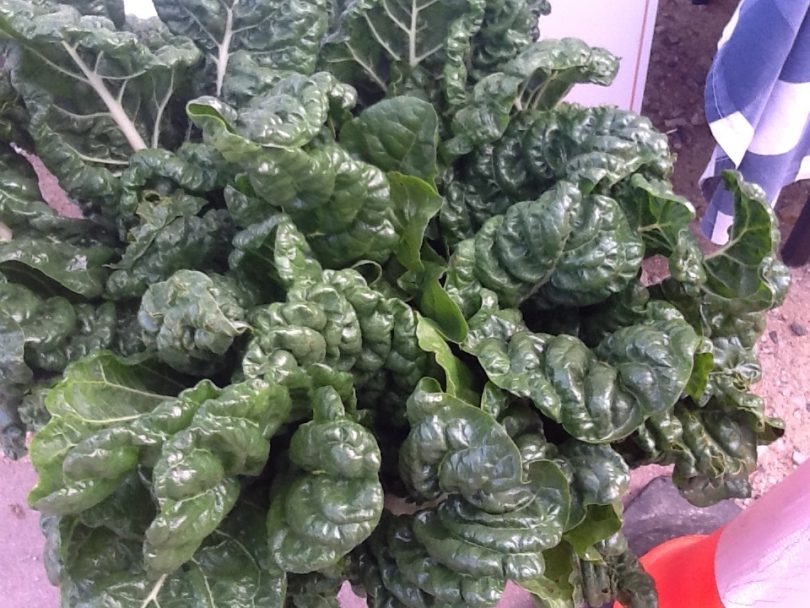
Leafy Asian greens will flourish in current conditions. Photo: Supplied.
Asian turnips and radishes are great quick growing garden fillers. Tokyo Market (white) and Hidabeni (red) turnip can be harvested from golf ball size to larger and the leaves can be eaten so there is little waste, along with the classic European turnips such as Purple Top and Golden Globe. Raw in a salad, stir-fried, roasted, steamed and buttered; turnips add a nutty, peppery flavour to your cooking.
Turnips and their close relative, swede, grow pretty well in anything and aren’t that fussy or greedy in their requirements. However, enhanced flavour comes with top plant nutrition.
Feed the plant to feed yourself, so a good bit of compost, a little bit of blood & bone and a dash of lime will do if your soil has a good growing pH of around 6.5.
Turnips don’t like soil that is too acidic. They don’t much like soil that is too rich in nitrogen either, so no need to add any well-rotted stable manure. Turnips like all root crops, enjoy a well-drained loam; if the soil is too heavy, rotting can occur especially if we continue to have a lot of rain.
Now is a good time to also plant parsnips, carrots and beetroots. All these root crops will continue to steadily grow and feed you during winter. Plant plenty because you can eat them when they are young and as they continue to mature. You can keep harvesting them for weeks.
One last comment: the early season rain and warmer-than-average overnight temperatures expected through until at least the end of April may well mean a delay in the frost season. Don’t give up on those green tomatoes or pumpkins – there is still hope for late ripening.
Bronwyn Richards and Helen Lynch run Wynlen House Artisan Village Farm and Learning Centre, a small village organic market garden in Braidwood, NSW. Since 2006 they have grown and sold fresh vegetables, eggs, preserves and garlic and teach others to do the same.
Original Article published by Helen Lynch on Riotact.


